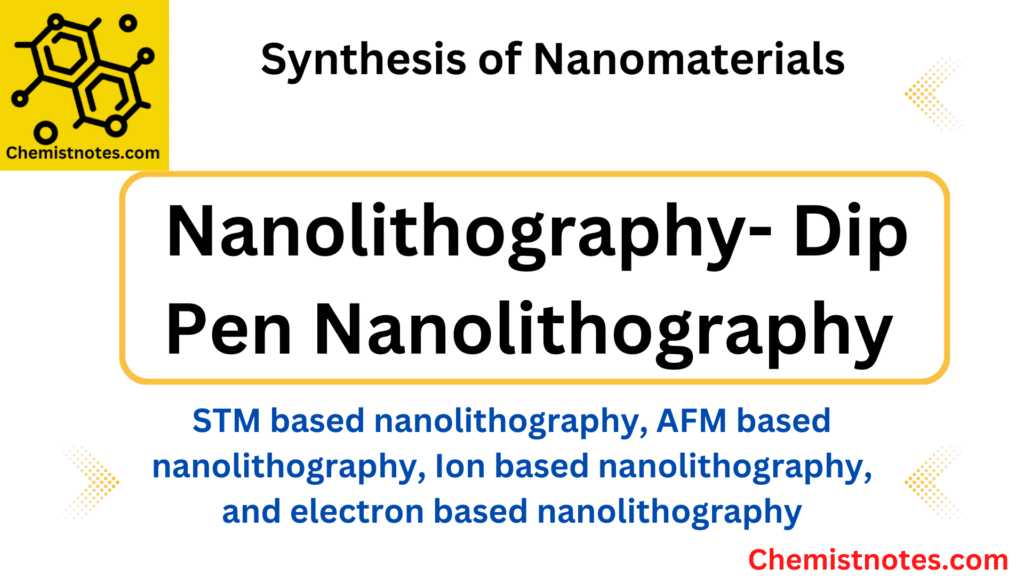Table of Contents
ToggleSmall Angle X-Ray Scattering (SAXS) is one of the powerful non-destructive techniques for characterizing nanostructured material. X-ray scattering techniques provide information about the chemical makeup (composition), physical characteristics, and crystallographic structure of materials and thin films. It can be used for a wide range of nanomaterials from soft materials like polymers to hybrid materials like nanocomposite to the pure nanomaterial.
Small-angle X-ray scattering (SAXS), the analytical method measures the X-ray intensity scattered by a sample as a function of the scattering angle. The angles at which measurements are taken are typically between 0.1 and 5 degrees. By examining the elastic scattering angles of X-rays, it may estimate density differences inside a sample with nanoscale resolution. Like in XRD, scattering small angle X-ray scattering is an elastic process. But, here, periodic structures comparable to the wavelength of X-rays are not required. Any materials, that show inhomogeneity in phase or chemistry in the length scale of 1-150 nm (present in liquid or gas phase) show SAXS.
Small-angle X-ray scattering (SAXS) measures scattering intensity at scattering angles 2θ near to 0° to examine the structure in the nanometer to micrometer range.
Small Angle X-Ray Scattering Principle
In small angle x-ray scattering technique, the X-ray scattering technique as a function of 2θ (in the range of 0.1 to 5o) is measured which gives new information about a wide variety of samples not obtained from other X-ray techniques. In SAXS, data are reported as scattering intensity ‘I’ or log (I) versus magnitude of the scattering vector.

where θ is the scattering angle, and λ is the wavelength of the x-ray used.
In the small-angle X-ray scattering (SAXS), elastic scattering of X-rays with wavelengths of 0.1 to 0.2 nm by a substance with inhomogeneities in the nm range is measured at very low angles (usually 0.1 to 10°). This angular range gives information on pore diameters, characteristic distances of partially ordered materials, and the shape and size of macromolecules, including other information. SAXS can provide structural data on macromolecules as small as 5 nm and as large as 150 nm, as well as repeat distances in partially ordered systems.
Strong diffraction peaks are the consequence of X-rays scattered from organized arrays of atoms and molecules constructively interfering with one another. The angular distribution of dispersed intensity at low angles provides a wealth of information. At angles of 2° to 5°, substantially scattered X-ray intensities can be produced by variations in electron density across lengths of the order of l0 nm or larger. These variations don’t have to be periodic and may result from variations in composition, density, or both. Regardless of whether the sample or the particles are crystalline or amorphous, the quantity and angular distribution of dispersed intensity offer information on the size of very small particles or their surface area per unit volume.
Consider of a composite structure with two phases that are clearly separated from one another, like nanoparticles scattered in a homogeneous media. Atomic structural variations or regional variations in their chemistry may cause variations in electron density. While XRD is used to determine the atomic structures of the crystallite phases, SAXS is the scattering caused by the presence of regions of inhomogeneous sizes ranging from several nanometers to several tens of nanometers. Instead of focusing primarily on the atomic structure of crystals like wide-angle X-ray diffraction (WAXD) does, SAXS (small angle x-ray scattering essentially explores relatively large-scale structures.
SAXS encompasses both the scattering by disturbed or irregular structures of amorphous and mesomorphic materials, as well as the diffraction from massive lattice spacing on the order of tens, hundreds, or even thousands of interatomic distances.
Since Small angle x-ray scattering is very effective in measuring inhomogeneity in the region of 1–100 nm, it has been widely used in the characterization of nanocrystals.
Small Angle X-Ray Scattering Instrumentation
The instrument used to measure small-angle scattering typically uses transmission geometry with a focused monochromatic radiation beam. A Small angle x-ray experiment is conceptually straightforward: an X-ray source illuminates a sample, and a detector records the scattered radiation.

The sample under analysis is exposed to a monochromatic X-ray beam, through which the majority of X-rays pass without interacting. A small portion of the generated X-ray photons interacts with the electrons of an atom within the sample, which causes the photon to be elastically dispersed. Elastic scattering of photons results in small vector changes while maintaining their kinetic energy and wavelength. Then, a scattering pattern is obtained by a flat X-ray detector placed on the sample’s other side from the X-ray emitter, which can be utilized to deduce details about the sample.
Weak signals with low scattering angles may be difficult to detect since the majority of X-ray photons travel through the material without interacting. As a result, a powerful X-ray beam made up of unscattered photons needs to be stopped before it can reach the X-ray detector. In simple words, separating the weak scattered intensity from the strong main beam is the key issue with SAXS instrumentation that needs to be solved. This problem is solved by the following two methods:
- Point collimation: Pinholes are used in point-collimation instruments to bend the X-ray beam into a tiny circular or elliptical spot that lights the material. The scattered intensity is low, hence the measuring time, in the case of very weak scatterers, is on the order of hours or days.
- Line collimation: The beam is solely constrained in one dimension by line-collimation equipment, resulting in a long, narrow line for the beam profile. In comparison to point-collimation, the illuminated sample volume is significantly greater, and the dispersed intensity is proportionally higher. As a result, measuring times with line-collimation SAXS instruments are minutes to hours far shorter than point-collimation times.

It is crucial to use X-ray optics that produce an extremely focused but intense incident X-ray beam. This is due to the requirement that the sample’s relatively weak scattering signal be measured very next to the direct beam. Currently, a synchrotron light that produces a higher X-ray flux can also be used as the X-ray source ( Neutrons can also be used). Utilizing a detector with good linearity, high dynamic range, and minimal intrinsic noise is also crucial. High-end SAXS instrumentation benefits from a high spatial resolution of the detector since it enables strong low-angle resolution to be attained even with a small experimental setup. Moreover, Measurements in 1 and 2 dimensions are possible via a detector and data acquisition system.
Small Angle X-Ray Scattering Application
- It has been widely employed in the characterization of nanocrystals because it is particularly effective at measuring inhomogeneity within the area of 1-100 nm.
- One of the most adaptable techniques, it can be used to characterize samples in any form, including solid objects, powders, gels, or liquid dispersions. The samples themselves can also be amorphous, crystalline, or semi-crystalline.
- Moreover, the size and ordering of mesoporous materials created via organic-templated condensation have also been widely determined using this technique.
- The Small angle x-ray scattering analysis provides information on the primary particle size (radius of gyration), primary particle surface area, the mass fractal dimension of the aggregates, concentration, aggregate size, and degree of aggregation of such systems if a sufficiently wide range of scattering angles is detected.
- A wide range of materials, including biological structures, metallic and non-metallic specimens, composites, and mesoporous materials, has been characterized using this technique.
- An effective analytical method for investigating aggregated nanopowders, such as titania and fumed silica, is small angle X-ray scattering (SAXS).
- This technique can effectively analyze the size distribution of sub-nanoclusters, which cannot be easily calculated by TEM.
- SAXS is a tool that may be used for both quality control and R&D to generate new materials.
Small Angle X-Ray Scattering Video
References
- O. K. O Glatter, Ed., small angle x-ray scattering, Academic Press, USA (1982).
- Tao Li, Andrew J. Senesi, Byeongdu Lee., Small Angle X-ray Scattering for Nanoparticle Research, 2016.






